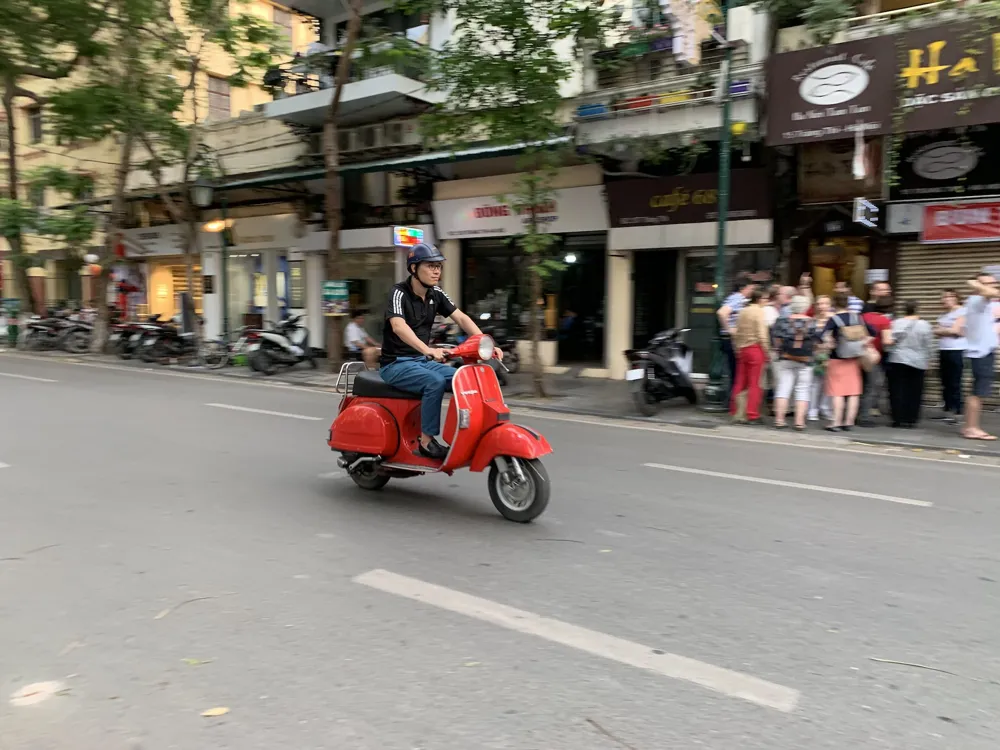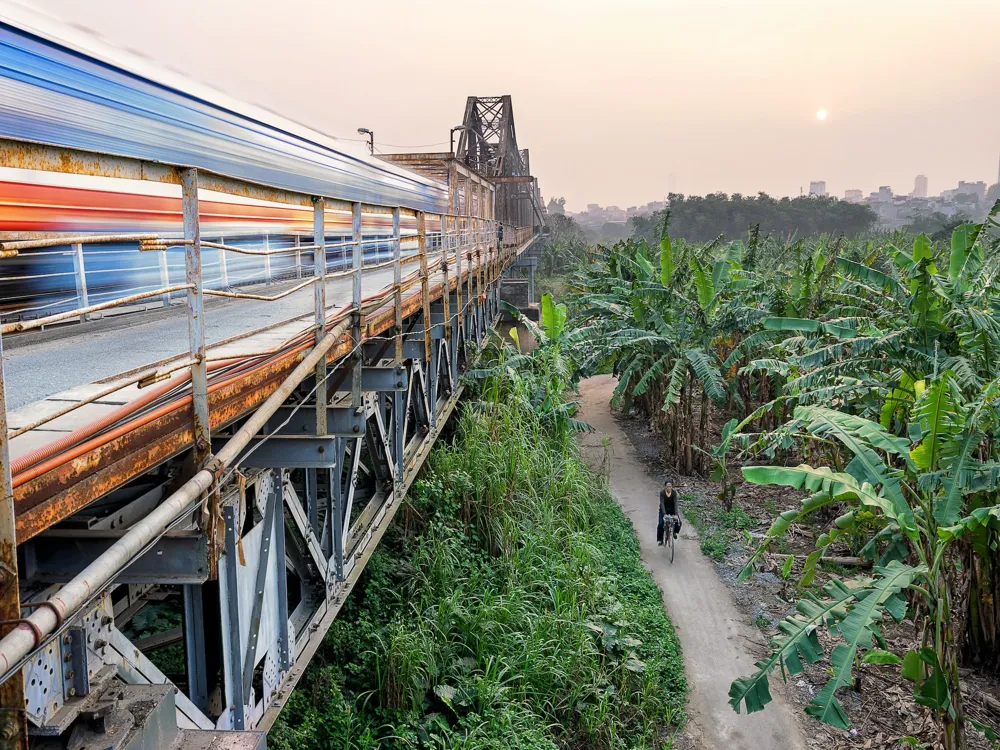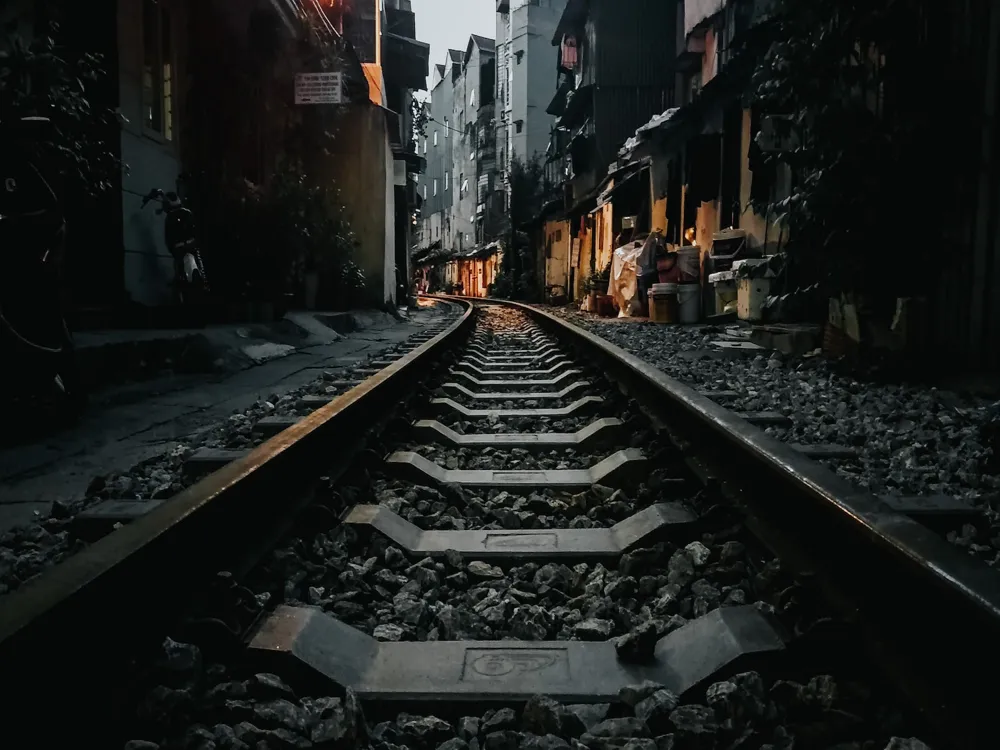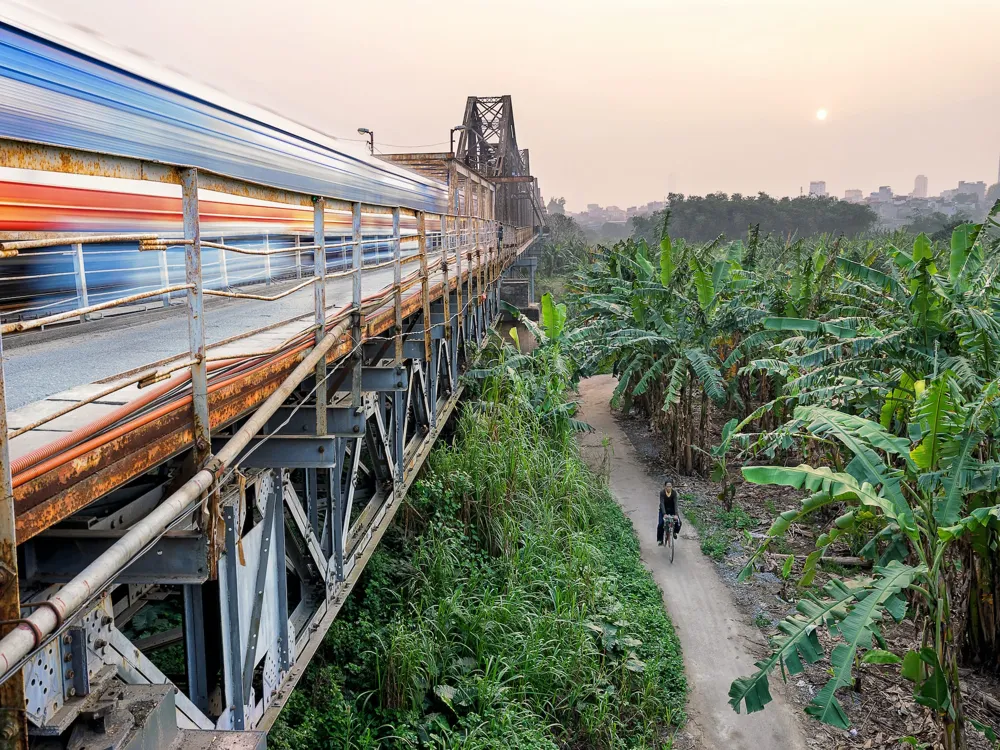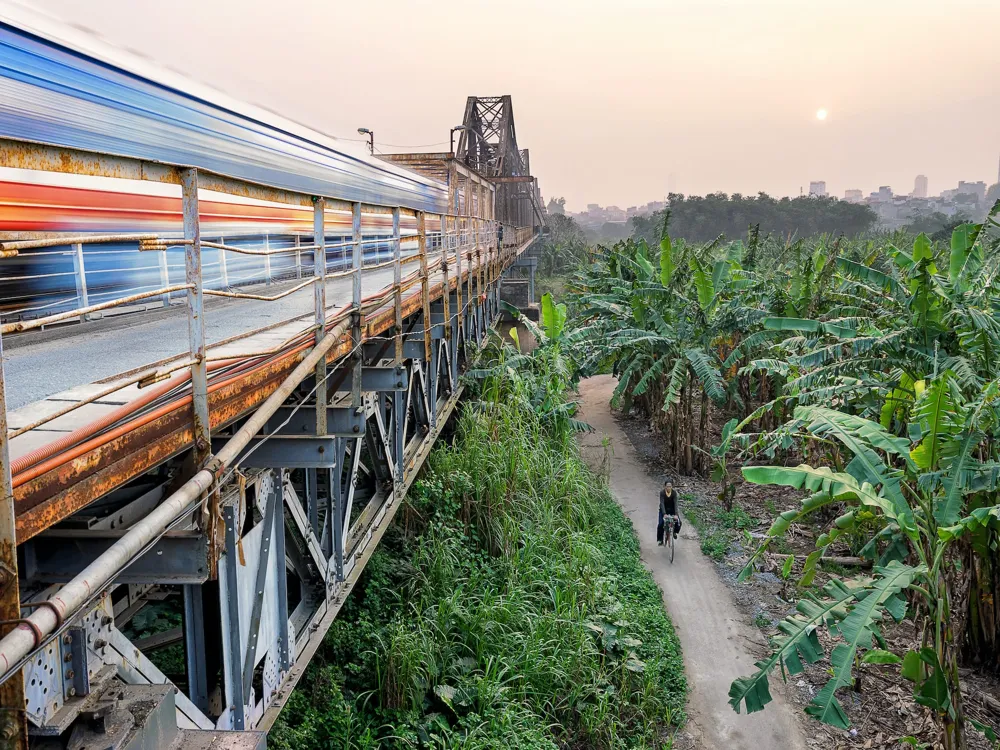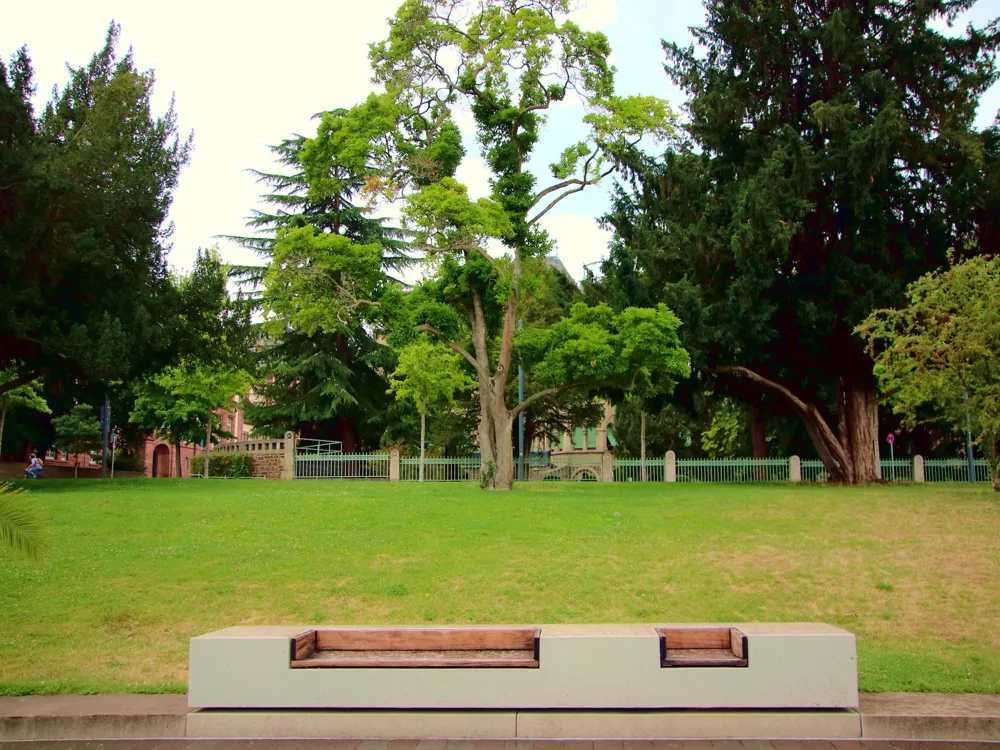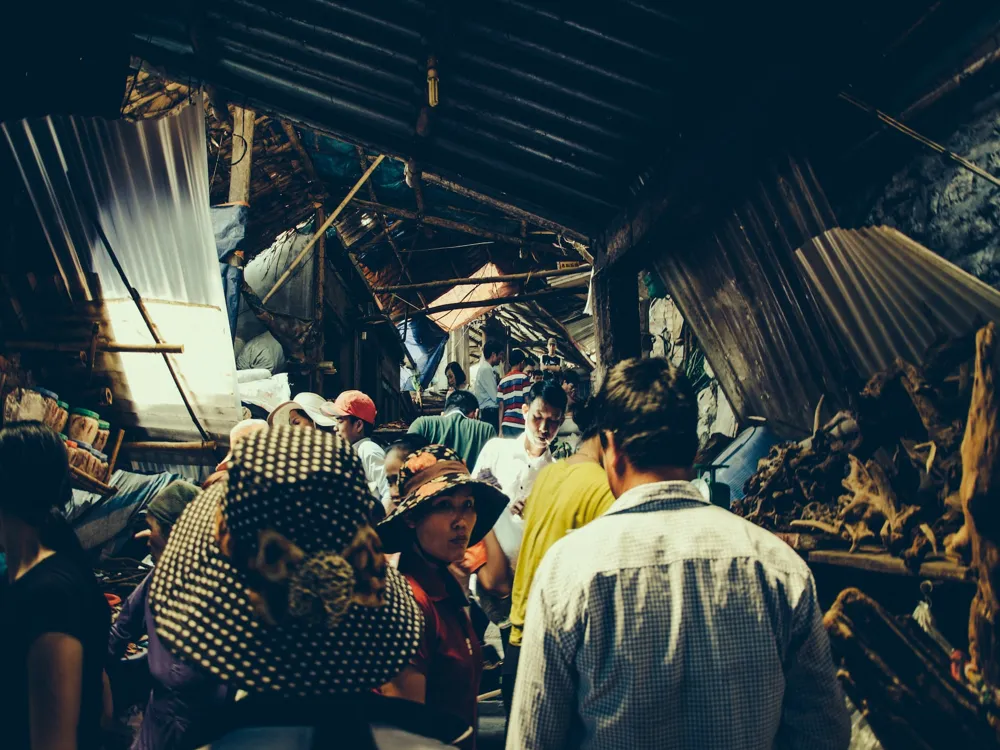Hanoi, the capital city of Vietnam, is a fascinating blend of East and West, combining traditional Sino-Vietnamese motifs with French flair. It is largely unscathed from the decades of war, and is now going through a modernization phase that makes it a rising star in Southeast Asia.
Known for its centuries-old architecture and a rich culture with Southeast Asian, Chinese and French influences, Hanoi is a bustling city that offers an intriguing mix of the old and the new. The city's heart is the chaotic Old Quarter, where the narrow streets are roughly arranged by trade. There, one can find a multitude of small businesses and artisanal shops, each overflowing with unique goods and services. The serene Hoan Kiem Lake, with its temple and pagodas, offers a stark contrast to the city's frenetic pace.
Hanoi is also the political center of Vietnam, known for its ancient temples, unique theater, and long-standing traditions. The city is home to various cultural attractions including the Imperial Citadel of Thăng Long, an intriguing relic of Vietnam’s history. Additionally, the city's food scene offers an array of delectable cuisine, ranging from the ubiquitous Pho to a variety of street foods that tantalize the taste buds.
Despite its rapid modernization, Hanoi has managed to preserve its ancient identity, offering visitors a glimpse into its past through its well-preserved colonial buildings, ancient pagodas, and unique museums. The city is a gateway to Vietnam's natural wonders, including the world-famous Ha Long Bay and the mountainous region of Sa Pa. In summary, Hanoi stands as a testament to Vietnam’s rich history, vibrant culture, and promising future.
Hanoi's architecture is a vivid tapestry that reflects its historical and cultural evolution. The city's architectural heritage is characterized by a harmonious blend of Vietnamese traditional styles, French colonial influences, and modern elements.
At the heart of Hanoi's architecture is the Old Quarter, a living example of the city's history and traditions. Here, ancient houses are nestled alongside narrow streets, their facades a testament to the traditional Vietnamese tube house design. These homes, often just a few meters wide but extending far back from the street, showcase the adaptation to historical taxation systems, where taxes were calculated based on the width of the storefront.
The French colonial period left a significant mark on Hanoi’s architecture. The wide boulevards and grand state buildings, like the Hanoi Opera House and the Presidential Palace, are prime examples of this era. The French also introduced the villa, a type of residence that blended European and Asian styles, now seen throughout the city.
Modern architectural developments in Hanoi are also noteworthy. The city is experiencing a construction boom, leading to the rise of skyscrapers and modernist buildings. These structures, often designed by world-renowned architects, are transforming the city's skyline, signaling Hanoi's growing status as a global city.
Additionally, Hanoi is dotted with numerous temples and pagodas, each a representation of ancient Vietnamese architectural styles. The Temple of Literature, a well-preserved example of Vietnamese architecture, was originally built as a university in 1070 and is dedicated to Confucius. It offers insights into the scholarly life of ancient Vietnamese scholars.
The blend of old and new in Hanoi's architecture not only tells the story of the city’s past but also of its journey into the future. This architectural diversity makes Hanoi a unique and fascinating destination for architecture enthusiasts and casual tourists alike.
Hanoi experiences a warm, humid climate with a distinct wet and dry season. The best time to visit Hanoi is during the autumn (September to November) or the spring (March and April) when the weather is pleasant with milder temperatures.
Hanoi has a range of transportation options. The city's public bus system is extensive and affordable. For more direct routes, taxis and ride-hailing services like Grab are widely available. For an authentic Hanoi experience, try traveling by cyclo (a three-wheeled bicycle taxi).
The city offers a variety of accommodations, from luxury hotels to budget hostels. The Old Quarter is a popular area for tourists due to its proximity to major attractions and its vibrant atmosphere.
Hanoi is famous for its street food. Must-try dishes include Pho (noodle soup), Banh Mi (Vietnamese sandwich), and Bun Cha (grilled pork with noodles). Always ensure to eat at busy stalls as a sign of fresh, popular food.
Vietnamese culture places a high value on respect and politeness. Dress conservatively when visiting temples and always ask permission before taking photographs of people.
Hanoi is generally safe for tourists, but like any major city, it's advisable to be cautious of your belongings, especially in crowded areas. Avoid isolated areas at night and be wary of scams.
Hanoi is accessible by air, land, and rail. The Noi Bai International Airport is the main gateway for international flights. From the airport, you can take a taxi, bus, or private transfer to the city center. Hanoi is also well-connected by train with other parts of Vietnam and by long-distance buses from neighboring countries like Laos and China.
Overview of Hanoi
Architecture of Hanoi
Tips When Visiting Hanoi
Best Time to Visit
Transportation
Accommodation
Local Cuisine
Cultural Etiquette
Safety Tips
How To Reach Hanoi
Long Bien Bridge
Hanoi
₹ 15,260 onwards
View hanoi Packages
Weather :
Tags : Bridge
Timings : All Day
Entry Fee : No Entry Fee
Planning a Trip? Ask Your Question
Hanoi Travel Packages
View All Packages For Hanoi
Top Hotel Collections for Hanoi

Private Pool

Luxury Hotels

5-Star Hotels

Pet Friendly
Top Hotels Near Hanoi
Other Top Ranking Places In Hanoi
View All Places To Visit In hanoi
View hanoi Packages
Weather :
Tags : Bridge
Timings : All Day
Entry Fee : No Entry Fee
Planning a Trip? Ask Your Question
Hanoi Travel Packages
View All Packages For Hanoi
Top Hotel Collections for Hanoi

Private Pool

Luxury Hotels

5-Star Hotels

Pet Friendly







